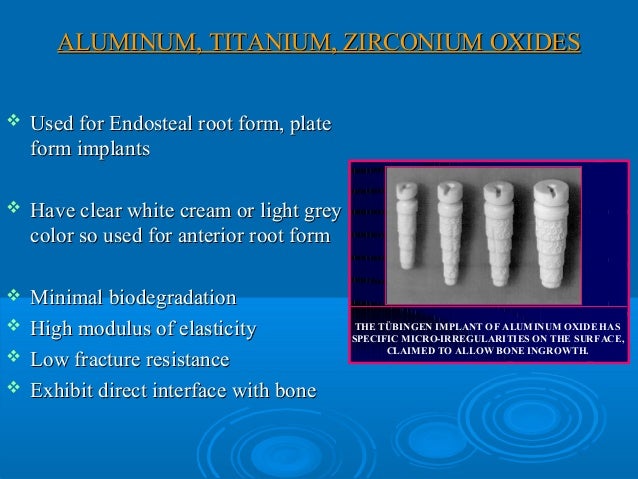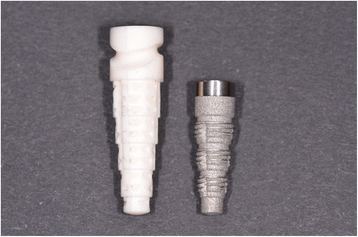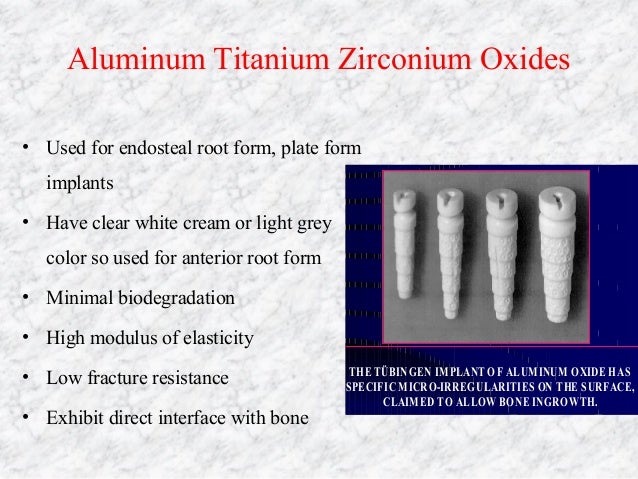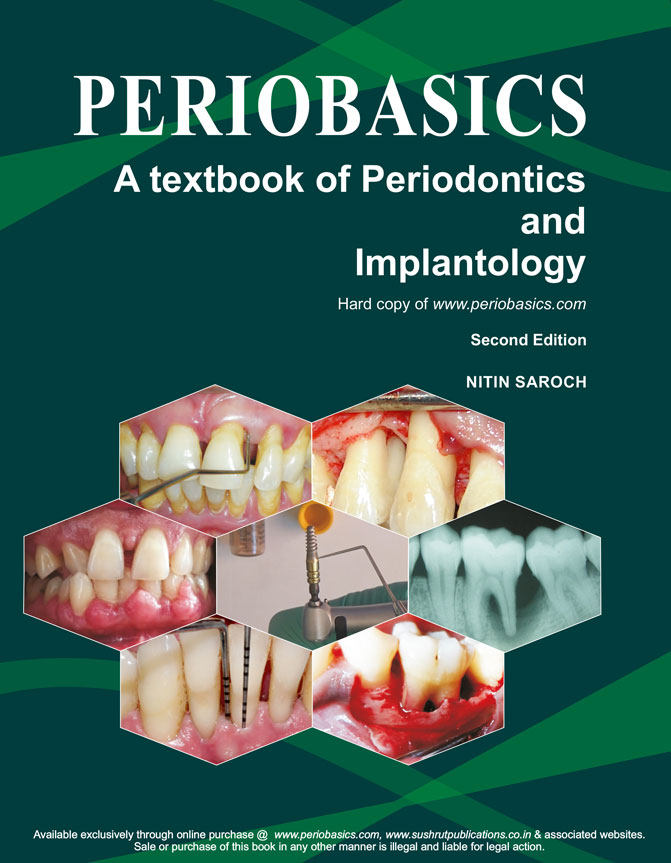Tübingen Aluminum Ceramic Implant

Follow up examinations have been performed on 108 ears 91 patients.
Tübingen aluminum ceramic implant. Follow up to 6 years after surgery. The results of regular follow up of various endosseous titanium implant systems are presented together with an overview of the results with tübingen frialit aluminum oxide ceramic implants. Int j oral maxillofac implants. Immediate implant which c ould be used for immediate restoration of an extracted or lost tooth and w as made of an alumina ceramic material 33 34.
Middle ear implants tübingen type of al2o3 ceramics. The tübingen implant is placed with a one phase technique implying special care for the temporary restorations to avoid premature loading. Ceramic dental implants were first introduced approximately 40 years ago and were made of aluminum oxide. It is particularly adapted to address the needs of patients with high esthetics expectations having concerns with metal devices or having metal allergies.
D hoedt b schulte w. Since 1980 we have used tübingen middle ear implants of aluminum oxide in some reconstructions of the ossicular chain. So far such implants have been inserted in 129 operations on 106 patients. Wörleclinical experience with endosseous aluminum oxide ceramic implants.
Including the tübingen implant system and a few other systems 9 10 11. The straumann snow ceramic implant system is the only 100 ceramic metal and plastic free implant on the market. So far such implants have been inserted in 129 operations on 106 patients. 1 on the left side with small lacunae for bone apposition.
Dtsch zahnarztl z 36 1981 pp. Report of clinical experiences. Since 1980 we have been using al2o3 ceramic implants in some reconstructions of the ossicular chain. Since 1980 we have used tübingen middle ear implants of aluminum oxide in some reconstructions of the ossicular chain.
Article in german zöllner c. Eberhard karls university in tübingen first introduced the concept of immediate implantation in fresh extraction sockets it seemed promising at first 2. Ceramic and ceramic coated implants ceramic materials are used to coat metallic implants to produce an ionic ceramic surface which is thermodynamically stable and hydrophilic thereby producing a high strength attachment to bone and surrounding tissues. However the use of a full aluminum oxide ceramic implant tübingen im plant friedrichsfeld mannheim germany shown in fig.
These ceramic can either be plasma sprayed or coated on to the metal implant to produce bio.


















